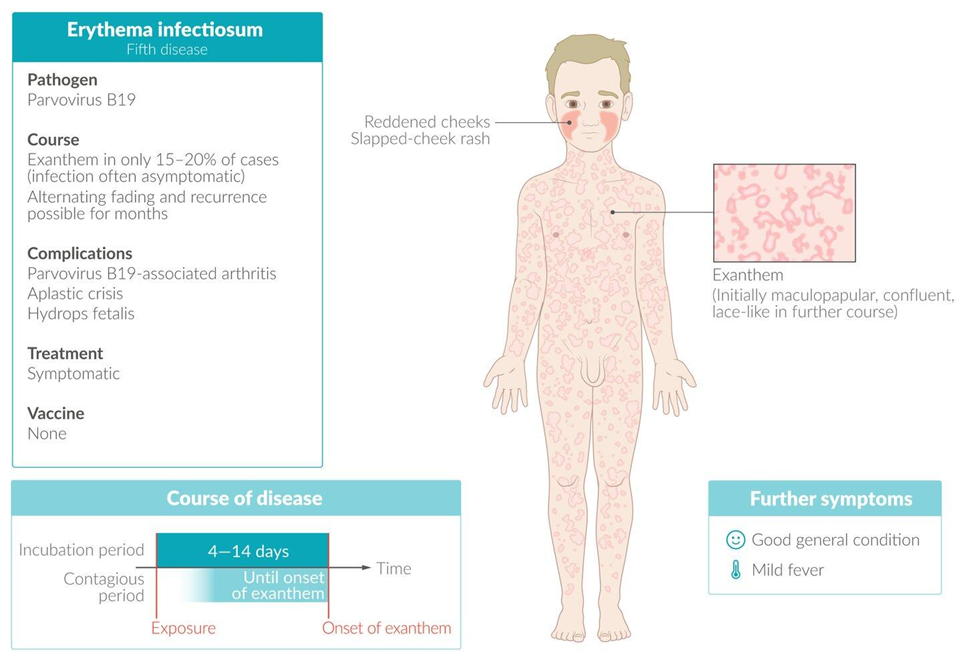A nurse is caring for a child who is 2 hr postoperative following a tonsillectomy. Which of the following fluid items should the nurse offer the child at this time?
Cranberry juice
Crushed ice
Vanilla milkshake
Orange juice
The Correct Answer is B
A. Cranberry juice
Explanation: Acidic and citrus juices, including cranberry and orange juice, should be avoided in the immediate postoperative period as they can be irritating to the surgical site and may increase the risk of bleeding.
B. Crushed ice
Explanation:
After a tonsillectomy, it's important to provide cold and clear fluids to soothe the throat and prevent bleeding. Crushed ice is a suitable option as it helps keep the throat cool and provides hydration without irritating the surgical site. Cold liquids can help minimize swelling and provide comfort.
C. Vanilla milkshake
Explanation: While milkshakes may be appealing, dairy products can coat the throat and may not be recommended immediately after surgery. Additionally, it's crucial to avoid using straws, as sucking can increase the risk of bleeding.
D. Orange juice
Explanation: As mentioned earlier, citrus juices like orange juice can be irritating to the surgical site and are not recommended in the early postoperative period after a tonsillectomy. It's essential to choose clear and non-acidic fluids to support healing and prevent complications.
Nursing Test Bank
Naxlex Comprehensive Predictor Exams
Related Questions
Correct Answer is B
Explanation
A. "I am unable to discuss this, but I can contact my supervisor to speak with you."
Explanation: While it is appropriate to involve a supervisor in difficult situations, the nurse should first clarify the legal obligation to report suspected child abuse. This response may leave the impression that the nurse is avoiding the question.
B. "As a nurse, I am required by law to report suspected child abuse."
Explanation:
Nurses are mandated reporters, meaning they are legally obligated to report suspected child abuse. It is important to communicate this legal obligation to the parents when they inquire about the reason for the report. This response is honest, direct, and reinforces the nurse's ethical and legal responsibility to prioritize the well-being and safety of the child.
C. "I reported the incident to my supervisor who decided to contact the authorities."
Explanation: This response may create confusion about the reporting process. It is important to convey that reporting is a legal obligation for the nurse, and it is not solely at the discretion of the supervisor.
D. "The provider will be coming to explain the situation."
Explanation: While involving other healthcare professionals, such as a provider, may be part of the process, it is crucial to emphasize the nurse's legal responsibility to report suspected child abuse. This response does not clearly communicate the legal obligation that the nurse has in reporting such incidents.
Correct Answer is C
Explanation
A. A highly pruritic profuse macule to papule rash on the trunk
Explanation: This description does not fit the typical characteristics of erythema infectiosum. Fifth disease is not typically associated with a highly pruritic rash.
B. A discrete pinkish red maculopapular rash that is spreading to the trunk
Explanation: While erythema infectiosum does involve a rash that can spread to the trunk, the distinctive "slapped face" appearance is a key characteristic that is not captured in this option.
C. An erythema on the face that has a "slapped face" appearance.
Explanation:
Erythema infectiosum, commonly known as fifth disease or slapped cheek syndrome, is characterized by a distinctive facial rash that gives the appearance of a "slapped face." The rash typically starts on the face and then spreads to the trunk and extremities. It often begins with erythema on the cheeks, giving the child a flushed or slapped appearance, followed by a discrete rose-pink maculopapular rash on the trunk.
D. A discrete rose-pink maculopapular rash on the trunk
Explanation: This description fits the typical characteristics of the rash seen in erythema infectiosum, but the key identifier is the "slapped face" appearance on the face.

Whether you are a student looking to ace your exams or a practicing nurse seeking to enhance your expertise , our nursing education contents will empower you with the confidence and competence to make a difference in the lives of patients and become a respected leader in the healthcare field.
Visit Naxlex, invest in your future and unlock endless possibilities with our unparalleled nursing education contents today
Report Wrong Answer on the Current Question
Do you disagree with the answer? If yes, what is your expected answer? Explain.
Kindly be descriptive with the issue you are facing.
